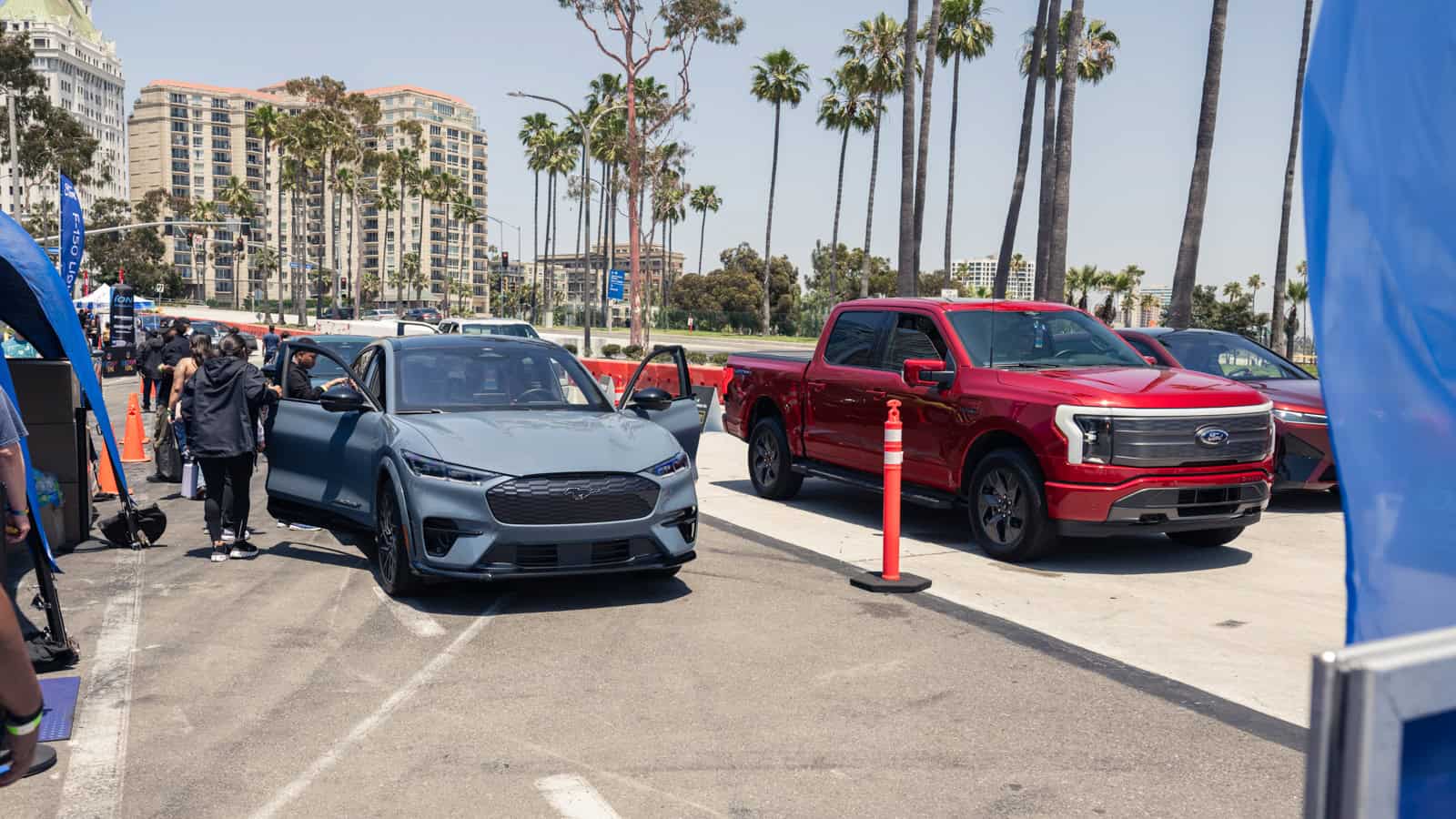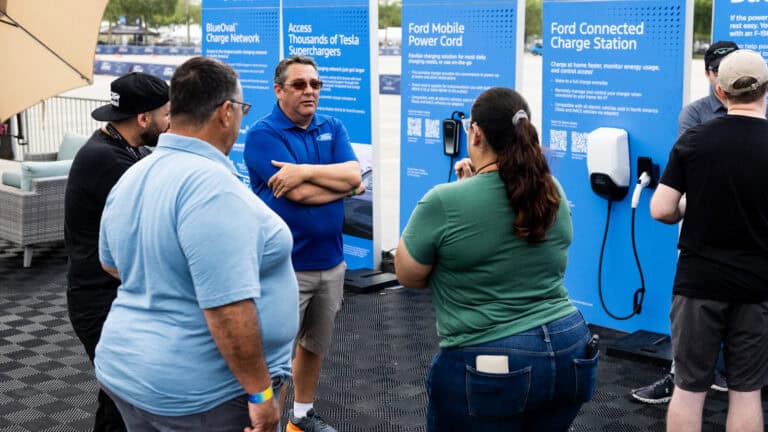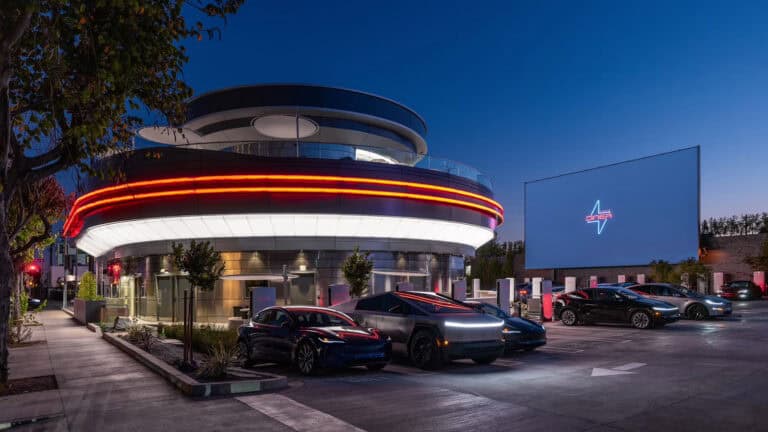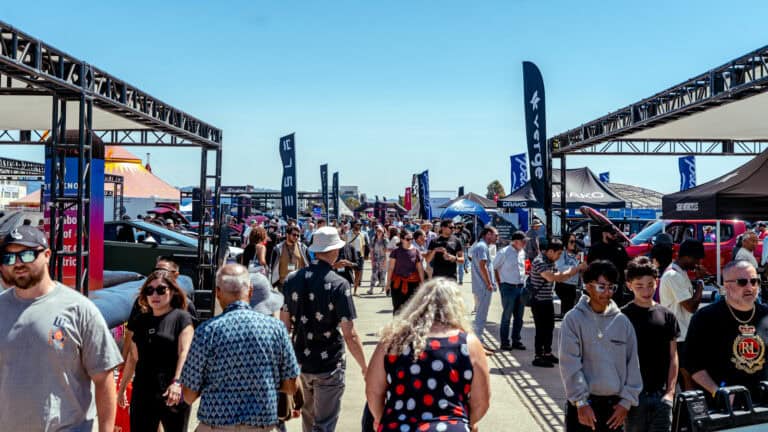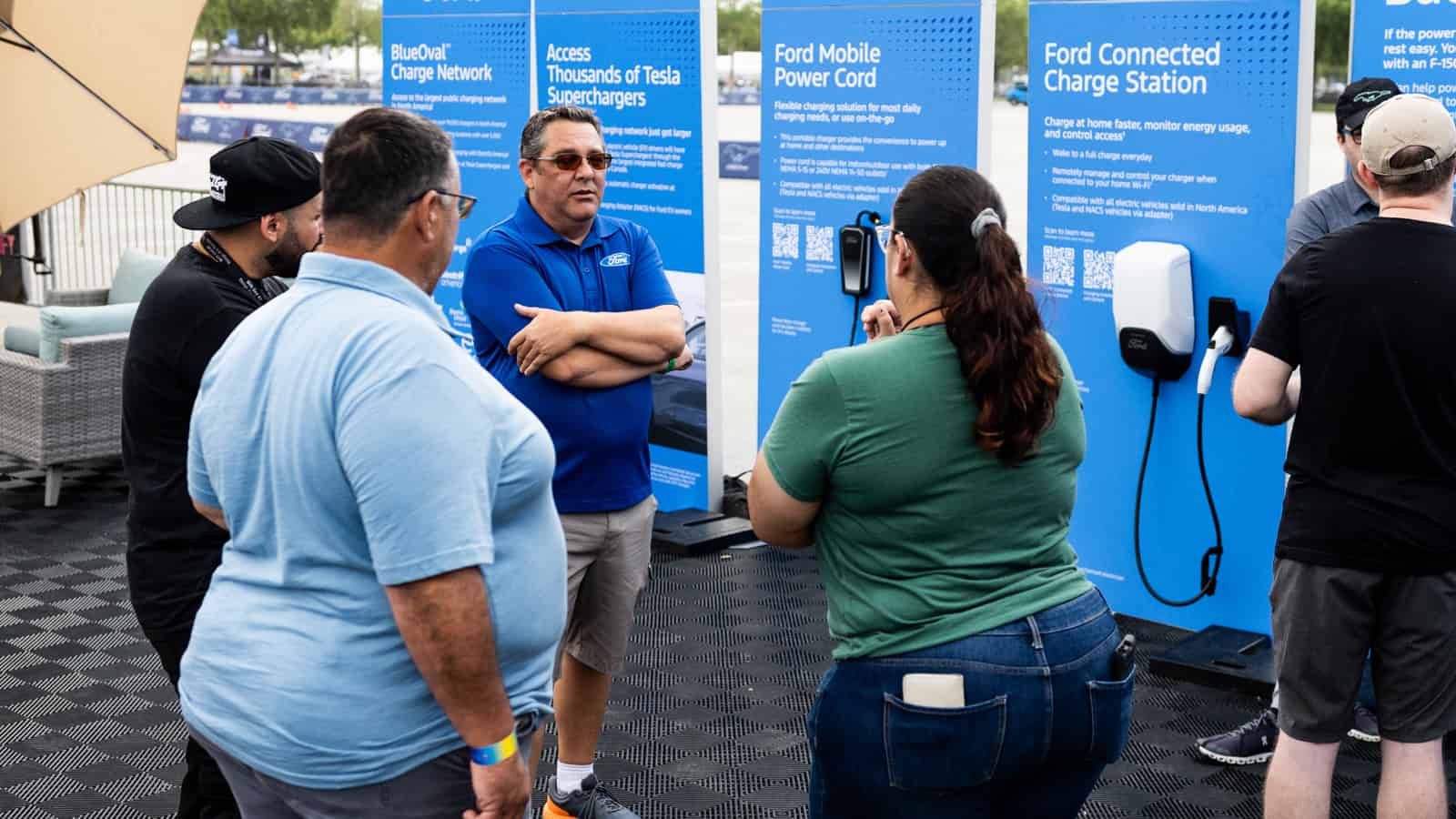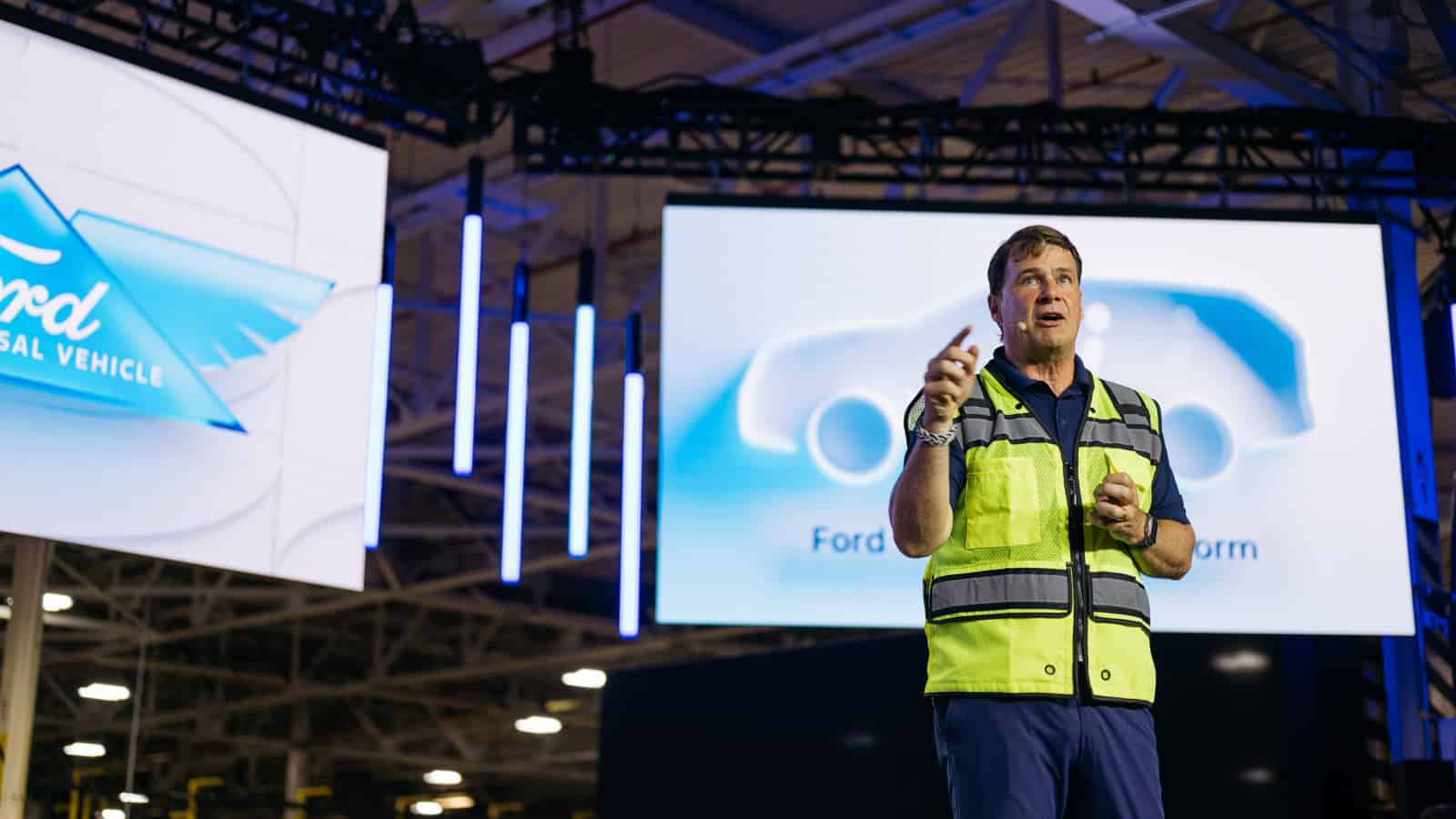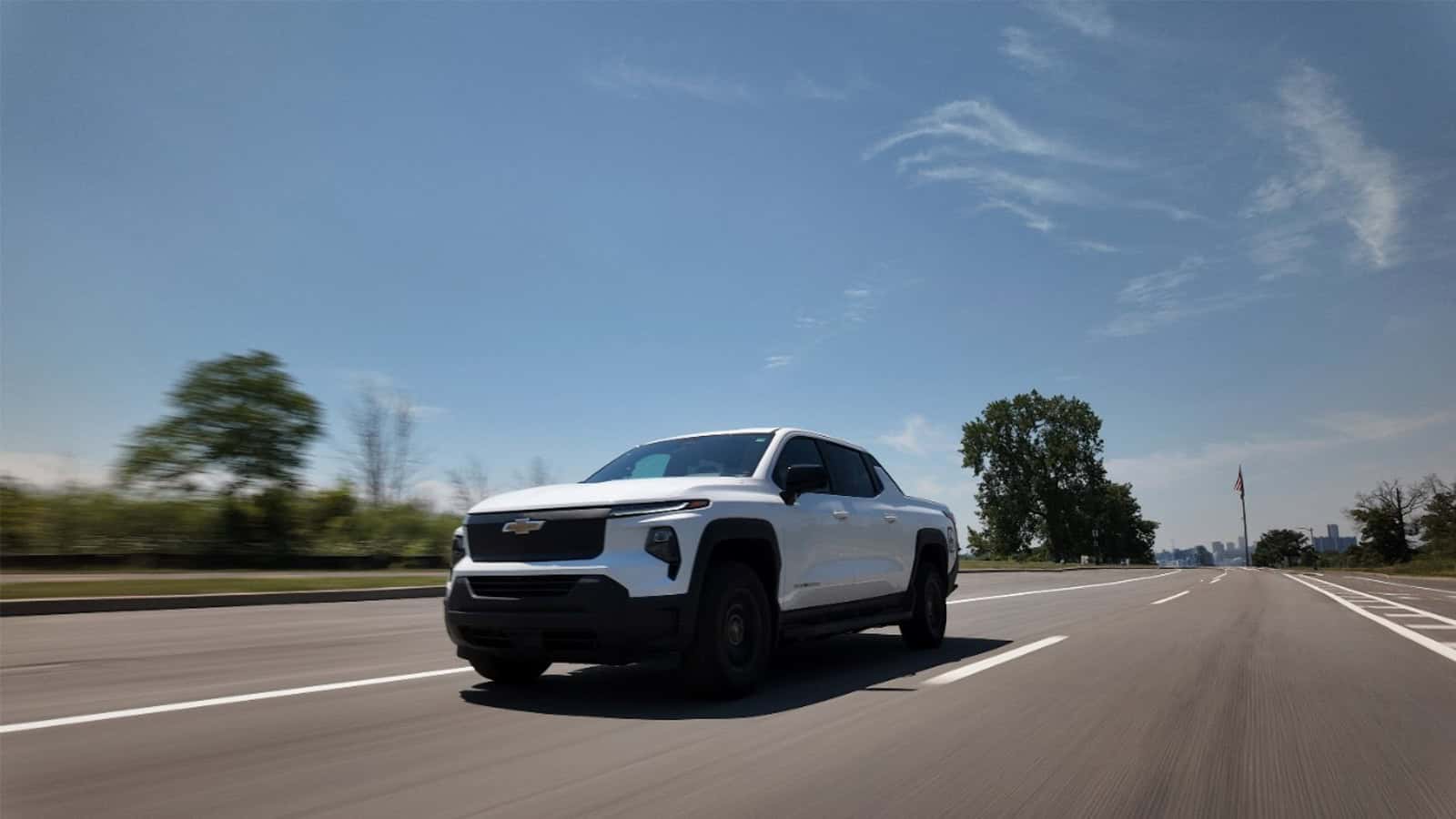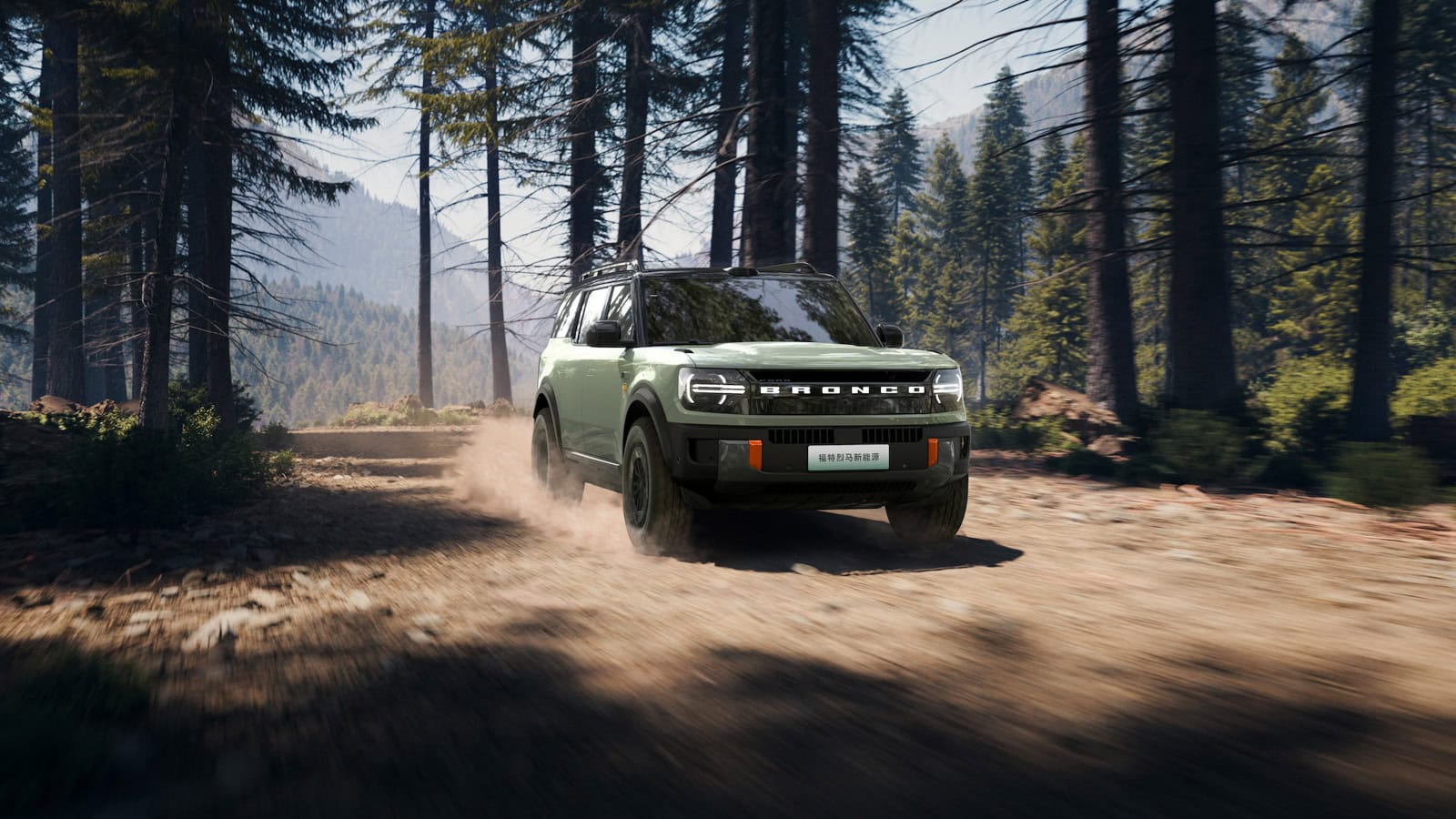- Ford prioritizes practical benefits and affordability in their electrification strategy, with the Ford F-150 Lightning as a key example.
- Ford is introducing a new electric commercial van in 2026, building on the success of the Ford E-Transit.
- Ford plans to leverage hybrid technologies for their next-generation three-row SUVs, offering a range of electrification options to meet diverse customer needs.
The conversation around electric vehicles often gets entangled in political debates and lofty sustainability goals, Ford is charting a different course—one that resonates more deeply with everyday consumers.
Ford’s new electrification strategy focuses on what truly matters to people: practical benefits, affordability, and a smooth driving experience. This is clearly seen in their upcoming lineup, particularly with the eagerly awaited Ford F-150 Lightning, which is set to reshape the concept of an electric truck.
Ford’s CEO, Jim Farley, has been vocal about the company’s commitment to delivering vehicles that are environmentally friendly, cost-effective and versatile. “We are committed to innovating in America, creating jobs, and delivering incredible new electric and hybrid vehicles that make a real difference in CO2 reduction,” Farley stated.
But beyond the environmental impact, Ford’s strategy is firmly rooted in giving consumers what they truly want: more choices, better technology, and vehicles that make sense for their lives.
ADVERTISEMENT
Stripping Away the Politics: Focus on What Matters
The Ford F-150 Lightning is a perfect example of this consumer-first approach. While many in the industry highlight sustainability as a key selling point, Ford recognizes that not every driver is convinced by environmental reasons.
Many are more interested in the lower cost of ownership, the convenience of home charging, and the undeniable fun of driving a vehicle with instant torque. These are the features that make the Ford F-150 Lightning a great electric truck.
“We learned a lot as the No. 2 U.S. electric vehicle brand about what customers want and value,” Farley shared, highlighting Ford’s focus on consumer feedback. Ford’s strategy not only pleases early adopters, but it’s designed to win over even the most skeptical traditional truck owners.
By highlighting practical benefits, Ford is cutting through the political debates that have made electric vehicles a divisive issue. They’re offering a truck that appeals to all drivers, no matter their views on climate change.
ADVERTISEMENT
Hands-On Experience: The True Converter
Ford’s strategy also hinges on the power of experience. Events like Electrify Expo have shown that hands-on interactions with electric vehicles can be the most effective way to convert skeptics into believers.
There’s something about sitting behind the wheel of a Ford F-150 Lightning, feeling its power, and experiencing its advanced technology that no amount of advertising can replicate. This is where the real magic happens—where drivers realize that an electric vehicle exceeds their expectations.
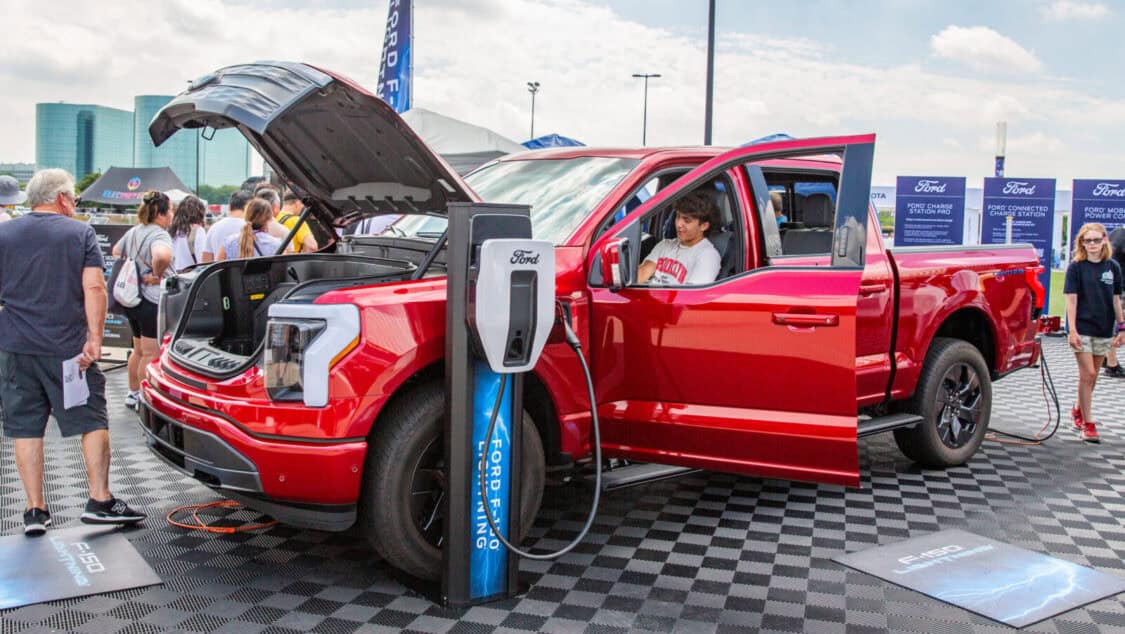
Ford is committed to creating the best possible experience with their next-generation electric truck, codenamed “Project T3.” Instead of rushing the launch, they’ve chosen to delay it until 2027 to ensure they get everything right.
This extra time allows Ford to equip the truck with the best technology, like upgraded bi-directional charging and advanced aerodynamics. These improvements will make the electric truck more practical and accessible to a wider audience.
ADVERTISEMENT
Expanding Beyond Personal Use: Ford’s Electric Commercial Vans
But Ford’s electrification strategy is also making big moves in the commercial sector. In 2026, Ford will introduce a new, digitally advanced commercial van, which starts their next generation of electric commercial vehicles. This move highlights Ford’s dedication to serving the varied needs of business customers.
The Ford E-Transit is a prime example, already a hit among businesses of all sizes, thanks to the lower total cost of ownership and the productivity boosts that electric vehicles offer.
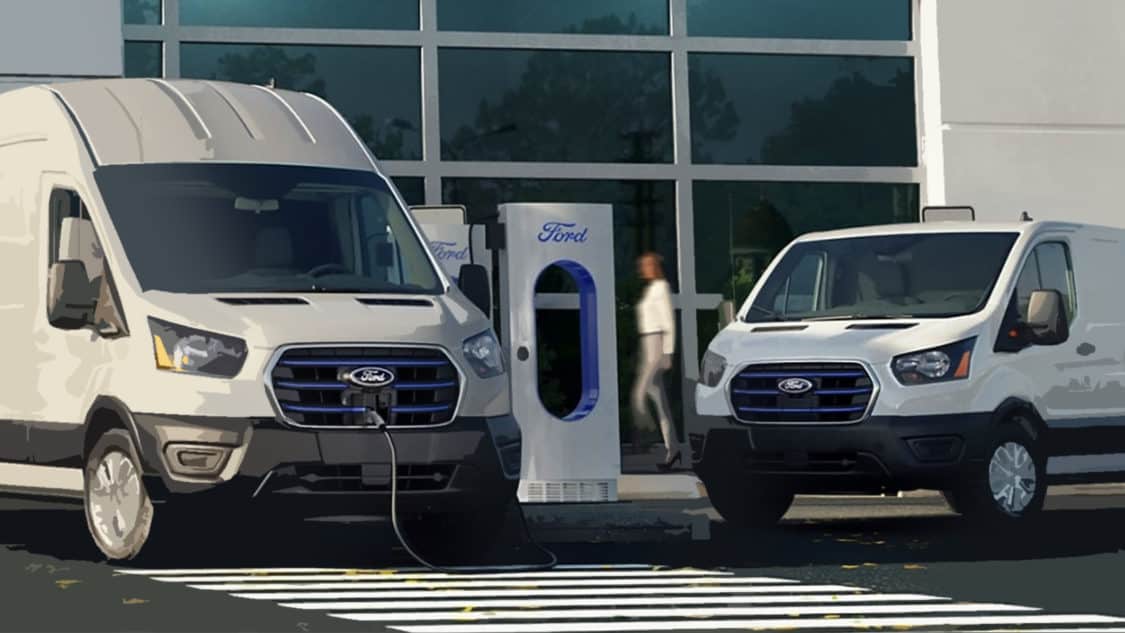
This focus on commercial applications is critical as businesses increasingly seek out cost-effective and efficient transportation solutions. Ford understands that for many commercial customers, vehicles are tools, and they need the best tools for the job. The new electric van, which will be assembled at Ford’s Ohio Assembly Plant, is designed to be just that—an essential part of a business’s operations that delivers on both functionality and sustainability.
Ford’s strategy for commercial electric vehicles is clear: offer practical solutions that help businesses thrive, while also reducing CO2 emissions. This approach strengthens Ford’s position in the commercial vehicle market and contributes to broader EV adoption by demonstrating the versatility and reliability of electric vehicles in demanding real-world applications.
ADVERTISEMENT
Market-Driven Innovation: Competing on an Even Playing Field
While some manufacturers may rely heavily on mandates and incentives to push their electric vehicles, Ford is taking a different route. They’re committed to letting the market decide, trusting that their vehicles can compete head-to-head with gas-powered options based on merit alone.
This market-driven approach focuses on fostering real innovation, where manufacturers are motivated to create the best possible products rather than just meeting regulatory standards.
This competitive drive is especially crucial as Ford faces increasing pressure from Chinese automakers, who have been rapidly gaining ground in the global EV market. These competitors have an edge with their vertically integrated supply chains, low-cost engineering, and advanced battery technology, allowing them to produce electric vehicles more affordably.
To stay ahead, Ford is expanding its vehicle lineup and focusing on delivering exceptional value and quality with its electric models, like the Ford F-150 Lightning.
Ford’s decision to use hybrid technology in their upcoming three-row SUVs clearly reflects their commitment to innovation. By offering a range of electrification options, Ford is acknowledging that while full electrification is the future, the path there doesn’t have to be a one-size-fits-all solution. This flexibility allows Ford to cater to a wider range of customers, ensuring that they can meet their needs today while also preparing for tomorrow’s challenges.
ADVERTISEMENT
The Future of Ford: Affordable, Efficient, and American-Made
Ford’s electrification strategy is as much about economics as it is about innovation. With plans to realign battery sourcing and accelerate the mix of U.S. battery production, Ford is positioning itself to take full advantage of the Inflation Reduction Act’s benefits.
As Farley put it, “An affordable electric vehicle starts with an affordable battery. If you are not competitive on battery cost, you are not competitive.” This focus on cost-efficiency is crucial as the market for electric vehicles continues to grow and evolve.
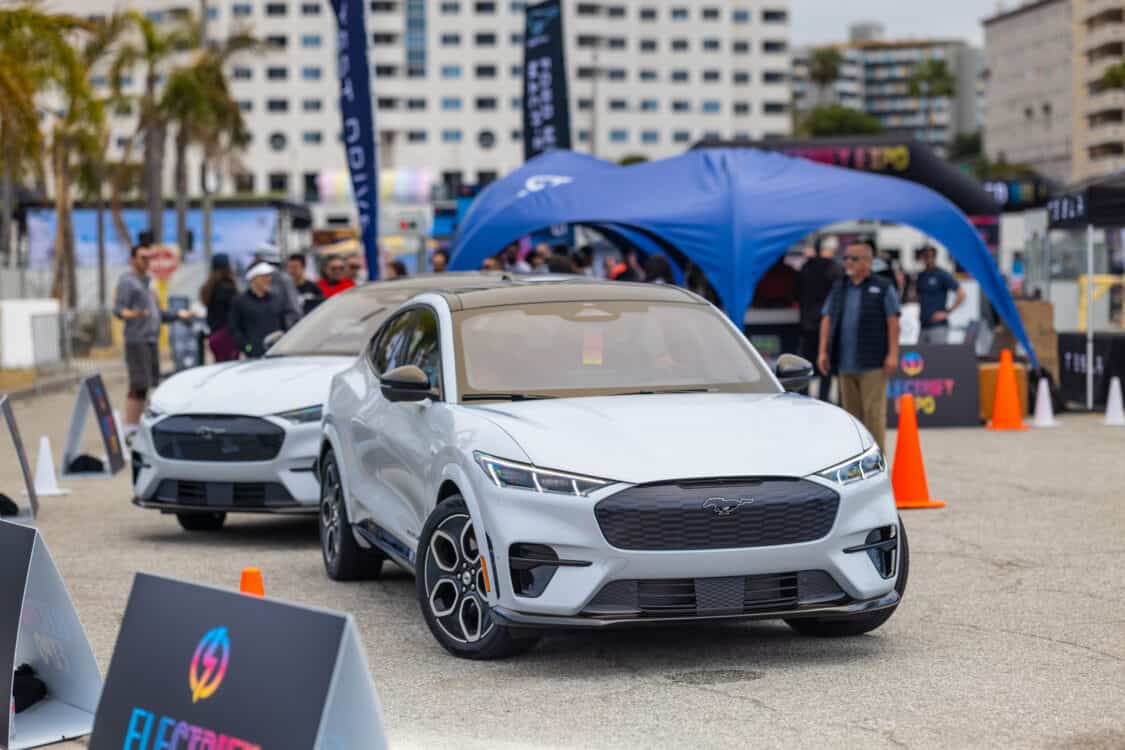
By moving some Mustang Mach-E battery production to Michigan and expanding their BlueOval SK joint venture, Ford is ensuring that their electric vehicles are competitively priced. This is the kind of strategy that will allow the Ford F-150 Lightning, Mustang Mach-E, and other models to thrive in a crowded marketplace, offering more value to consumers while also supporting American jobs and manufacturing.
By focusing on practical benefits, hands-on experiences, and market-driven innovation, Ford is making electric vehicles not just a choice for the environmentally conscious, but a smart, appealing option for all drivers. Whether you’re a die-hard truck enthusiast or just someone looking for a more cost-effective way to get around, the Ford F-150 Lightning and the rest of Ford’s electric lineup offer something that’s hard to ignore.
ADVERTISEMENT

IMAGES: ELECTRIFY EXPO, FORD
FTC: We use income-earning auto affiliate links. Learn more.


